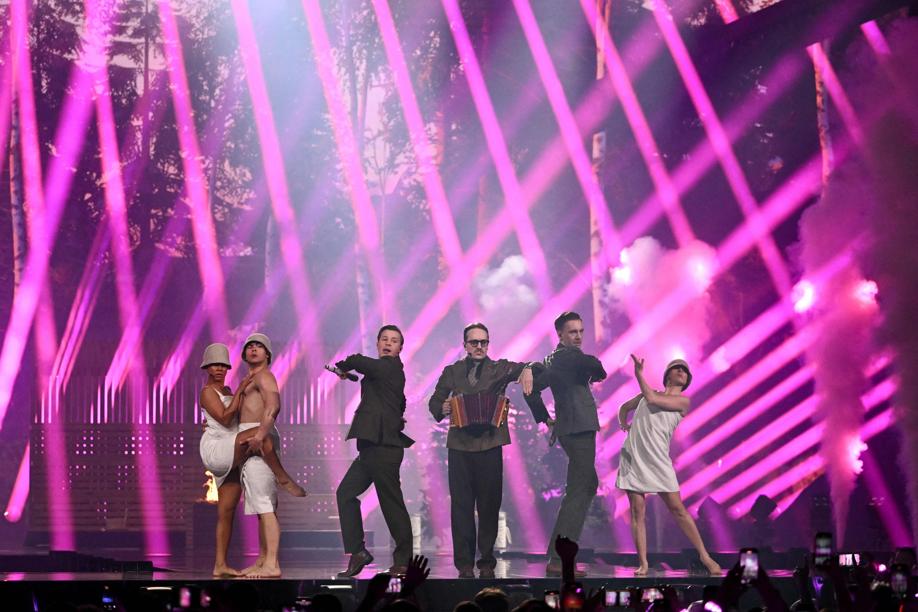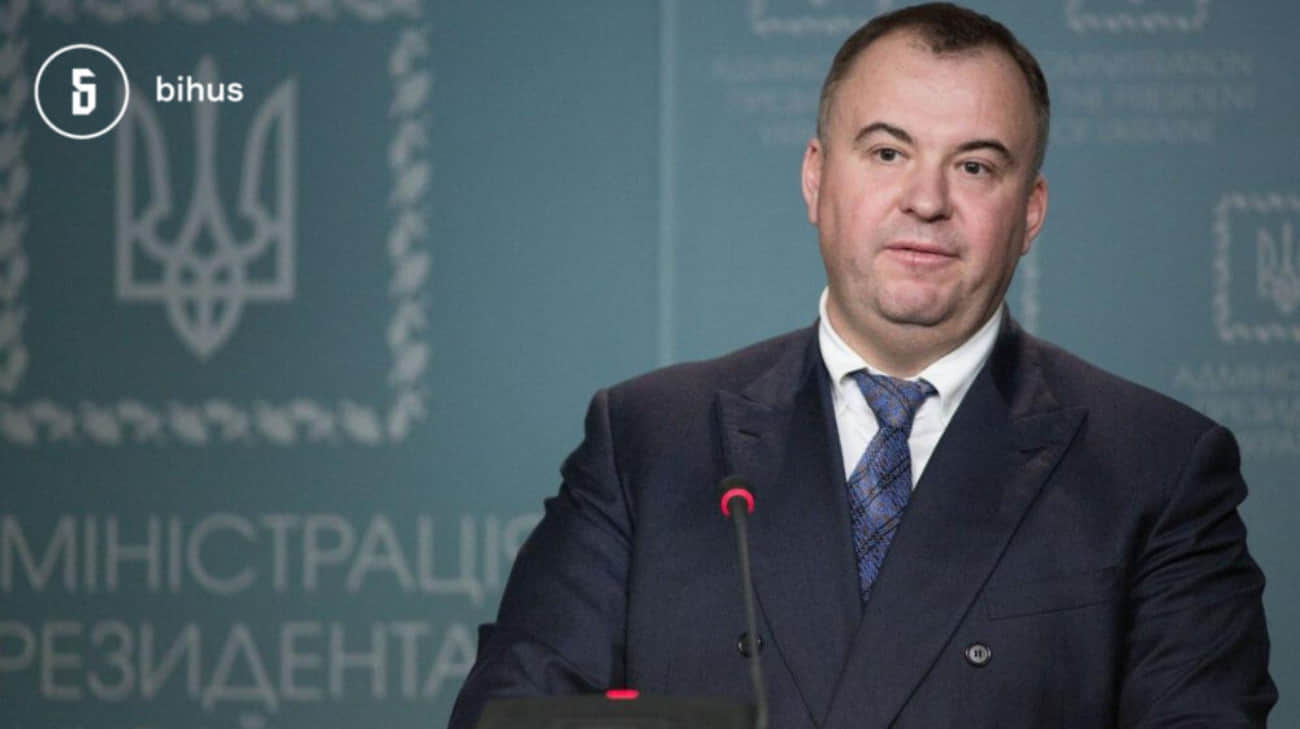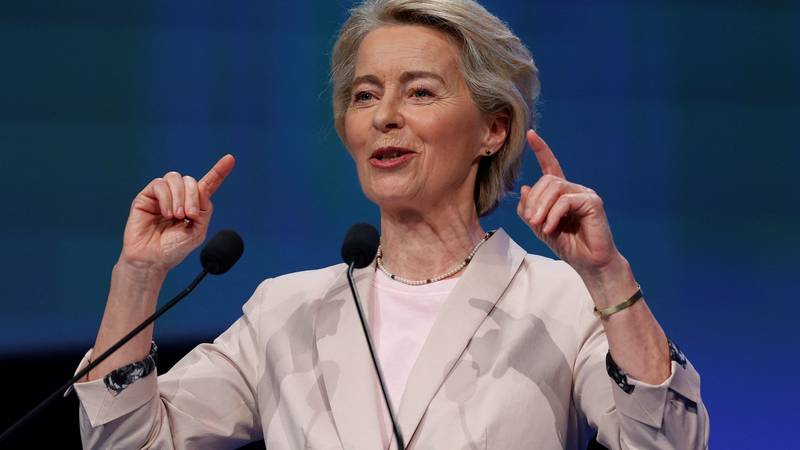The headache in children and adolescents, how to distinguish the headache from the hemicrania

There are more than one hundred types of headaches according to the international headache classification. The most common forms are migraines – with aura, without aura, chronic – and the forms of tension -type headache that also affect children and adolescents, interfering with school, social and family life
The heachache It is not a disturbance of adults only: it affects Children and teenagersinterfering with school, social and family life. Migraine can already arise in pediatric age, frequently in school age both in males and females. From 12 years onwards, frequency in children can be very similar to that of adults.
Headache or migraine
The term headache Indicates a generic headache. It can be a passenger disorder, like the one that arises for tiredness, stress or dehydration, or recurring. THE’migraineon the other hand, is a specific form characterized by distinctive symptoms: intense and often pulsating pain, also associated with other symptoms such as vomiting nausea.
In the child, migraine can occur in different, but equally disabling forms. Recognizing it early is essential to set up an adequate diagnostic and therapeutic path, improving the quality of life of the young patient and his family.
The headaches are numerous and different
«There are more than one hundred types of headaches according to the international classification of headaches, the most common forms are migraines: with aura, without aura, chronic and the forms of tension -type headache – he explains Licia Grazzi, SS head of Centro Cefalee IRCCS Foundation CARLO BESTA Neurological Institute, Milan -. The distinction is important because clinical manifestations are very different: Migraine is a sudden disorder characterized by episodic attacks of very intense pain, often accompanied by a series of symptoms such as nausea, vomiting, annoyance to the lights, the sounds that often force to give up normal daily activities. In the’migraine with aura The pain is preceded or associated with some neurological symptoms such as visual disorders, language and are completely reversible and transient and constitute migraine aura. AND in the pediatric and teenage age –Car the expert – the peculiar characteristics of emicranium pain does not always strictly unilateralbut it can be bilateral and beyond, moreover, gthere episodes may be Even shorter than in adults, about thirty to four minutes. There Tensive headache It is characterized by a less disabilities pain, conditions the patient less because he is more deaf and often the boys report it in the front area or to the summit. It is a pain that does not imply the renunciation of all their activities, but that often affects concentration capabilities because it is disturbing and the duration can be not only a few hours, but can continue for days, weeks and even months « .
Children and young people are in a situation of evolution and development and it is not always easy to distinguish one shape from the other as it can happen that in the same patient the different forms of headaches coexist or that one form becomes the other or vice versa. « It is important to have a certain clarity in declining the classification aspects and also a good experience to understand from the patient what he feels in those moments, this is not always easy especially when they are very young and there is still a certain uncertainty in the description. It is necessary to keep in mind that different aspects can be understood and we must be careful to distinguish what prevails or what is more relevant in the patient in front of us ».
The debut
In general, the debut occurs in schoolfire and in this age group The prevalence is greater in males; This relationship is reversed in public age When migrainein particular, becomes much more common in girls. Very often there is a familiarity with regard to migraine and this allows a mother who suffers from managing the headache of the son and daughter with greater tranquility because it recognizes its symptoms. « When the episodes become frequent it is necessary to contact the pediatrician and, if the case requires it, after the neurologist – explains Grazzi -. Because there may be signs that make you suspect that an emicranium is not a primary headache, but that it can be caused by an organic disease. Generally the parent which arrives at the headquarters sent by the pediatrician and who is not accustomed to headache fears that your child may have head cancer or other serious pathologies. Our task is to make a neurological examination, reassure the family and in case of need to proceed with specific instrumental exams, such as magnetic resonance imaging, which can exclude the presence of organic causes. In addition, blood testochimic tests can help in girls, for example, to exclude a situation of severe anemia that may have led a headache that can have the characteristics of a tension -type headache ».
Impacts on the quality of life
The recurrent episodes of migraine can cause an important impact on the life of children and young people: on school performance, on social life and also the management of everyday life. In fact, the symptoms lead to isolating themselves and often losing school days. All this produces anxiety that contributes to increasing the frequency of attacks. « It may happen that situations of stress or events may have disturbed the patient enough to encourage the increase in the frequency of attacks, and therefore the boys tend to stay at home from school more and more often, remain behind with the program and the anxiety grows – continues the expert – but when anxiety grows, the headache grows and this translates increasing the frequency of attacks and therefore they do not come out because of the event. This causes a situation of abstention from leisure activities, no sport as supported physical activity can feed migraine attacks. Vice versa, if the boy suffers from one Tensive headachesometimes moderate physical activity can be very useful. And even some patients report that headache passes during physical activity. In any case, the impact is certainly significant: the days of absence from school increase, and in a moment like this in which the days of absence are considered very from the point of view of the final vote, this increases the anxiety that causes the headache to increase. A situation that involves the whole family because parents have difficulty going to work as the child remains at home because he has a headache, so there is a reverberation of conditioning that invests not only the patient but the whole family unit « .









